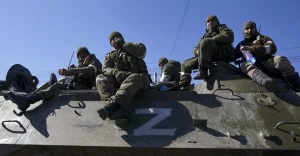
Russia's Central Bank's frozen assets to work in Ukraine's favor: EU and G7 prepare new decision
On June 13-15, during the G7 summit in Italy, the leaders of the world's most powerful countries will discuss where to find money to support Ukraine. Espreso has learned that a joint decision is being prepared to provide Kyiv with up to $50 billion, primarily for weapons, as well as support for the state budget and reconstruction. This is in addition to the €50 billion that the EU has promised to provide to Ukraine over the next four years and has begun disbursing. The new €50 billion will be provided to Ukraine under the guarantee of income from Russian assets frozen in the West after the start of full-scale aggression. At the same time, the issue of transferring all the Russian money blocked in the EU to Ukraine remains in limbo
Contents
- Western partners want to give Ukraine an additional $50 billion for defense: where does the money come from?
- Proceeds from frozen Russian assets to benefit Ukraine's Armed Forces: what decision was made by the EU in May 2024
- What are the 'frozen Russian assets': what amounts are involved and where are they located?
- Ukraine has been promised revenues from Russia's frozen assets - but not all of them, and not immediately
- Belgium helps Ukraine get more from Russia's frozen assets
- Why not confiscation: can the EU states dare to fully transfer the money of the Russian Central Bank to Ukraine?
Western partners want to give Ukraine additional $50 billion for defense: where does the money come from?
The Group of Seven (G7: the United States, France, Germany, Italy, Canada, the United Kingdom, and Japan) summit, which begins on June 12 at the Borgo Egnazia resort in Apulia, Italy, is preparing mega-news for Ukraine. As a European official involved in the development of the relevant document told Espreso on condition of total anonymity, the leaders of the G7 - US President Joe Biden, French President Emmanuel Macron, German Chancellor Olaf Scholz, Italian Prime Minister Giorgia Meloni, Prime Minister of Canada Justin Trudeau, Prime Minister of the United Kingdom Rishi Sunak, Prime Minister of Japan Fumio Kishida, along with President of the European Commission Ursula von der Leyen, will announce the decision to provide Ukraine with $50 billion to be used primarily for defense, as well as to support the Ukrainian budget and reconstruction.
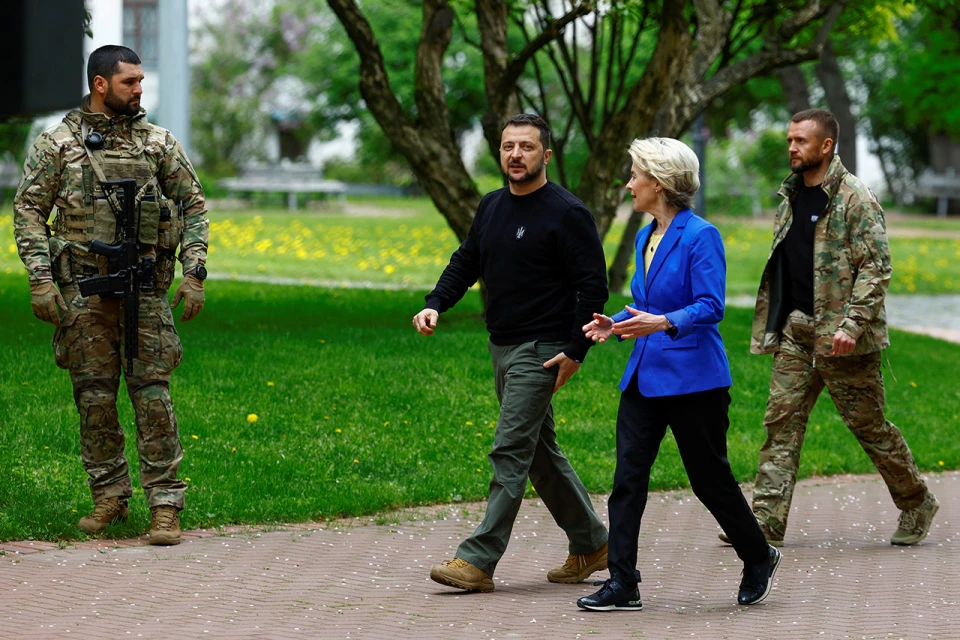
Photo: Reuters
The funds will be provided in the form of a loan, under the guarantee of income from frozen Russian assets, and, importantly, under the direct guarantees of all seven G7 countries, in case these revenues cannot be used in the future, or are reduced due to lower interest rates, etc.
If earlier the plans for “another 50 billion for Ukraine,” in addition to the 50 billion euros of the EU's Ukraine Fund, were more hypothetical - for example, this possibility was announced a few days ago in Paris by Presidents Biden and Macron after a bilateral meeting - now the issue has been finally agreed upon, and the G7 leaders are preparing the relevant papers for signature and the text of a joint declaration.
The possibility that something will go wrong during the personal discussion of the G7 leaders is tending to zero. "Ukraine needs money today, not in ten years. All the G7 leaders are well aware of this, and they are ready to act,” the source emphasized.
He also emphasized that the G7 decision does not mean canceling the previous decision of the European Council, adopted less than a month ago, to transfer the proceeds of frozen EU assets to Ukraine, also for arms purchases and reconstruction, but through the existing European mechanisms, the European Peace Facility and the Ukraine Facility.
“Indeed, it is impossible to spend the same money twice,” the European official emphasized, meaning that the same income from frozen assets cannot be directed to the Peace Fund and directly to the Ukrainian budget in the form of a loan at the same time. According to him, 3.5 billion euros, which have already been decided on at the EU Council level, will be transferred to the European Peace Fund and used to purchase ammunition for Ukraine. This is expected to happen in the near future.
However, the problem with the European Peace Facility is that the decision to operate it and transfer money from it to the Ukrainian army and weapons for Ukraine requires unanimous approval by all 27 EU member states. And, yes, right now it is being blocked by Hungary.
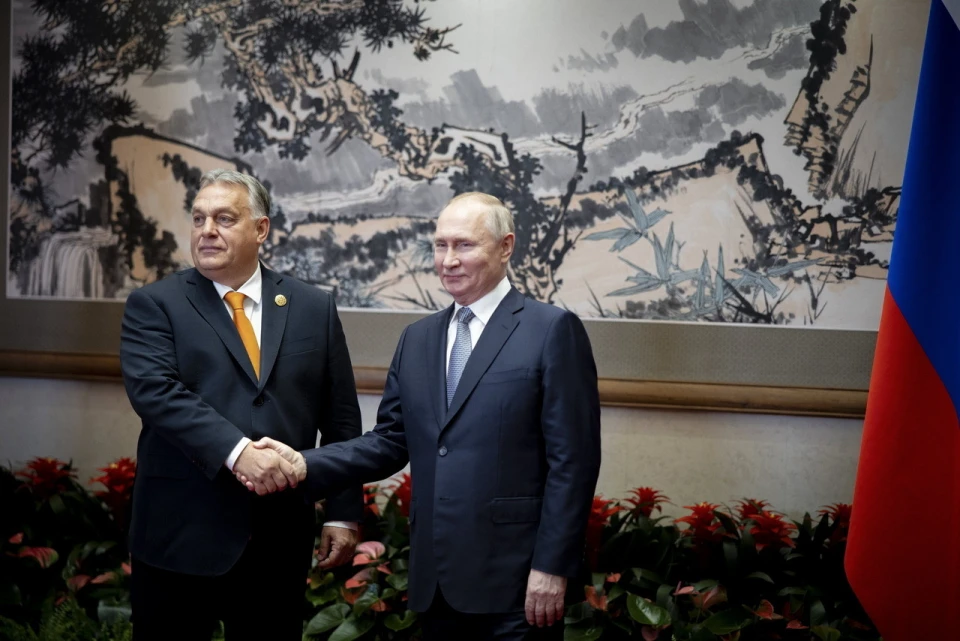
Photo:Miniszterelnöki Sajtóiroda/Fischer Zoltán
EU leaders will once again try to persuade Hungarian Prime Minister Viktor Orban to lift the blockade on the use of the European Peace Fund for Ukraine at the next European Council summit, which will take place on June 27-28 in Brussels. This will be the last summit of the European Council this year that Orban will attend as an ordinary participant: on July 1, Hungary starts its EU presidency, and from then on, the Hungarian leader will sit in the presidium, alongside European Council President Charles Michel, influencing both the agenda of the meetings and the direction of the negotiations.
In fact, it was the problem of Hungarian vetoes, which arise at every stage of providing any support to Ukraine at the EU level, that made European leaders heed the US proposal and go for a joint project with the G7 - in fact, giving away American (primarily) as well as Canadian and Japanese partners some of the “glory and credit” for the use of Russian frozen assets, most of which are located in the EU and could be used and promoted as a purely European contribution to supporting Ukraine in its war against Russian invaders.
“The issue of granting a loan to Ukraine under the guarantee of income from the frozen assets of the Central Bank of the Russian Federation does not require unanimous approval at the EU level,” the European official told Espreso. And, therefore, Hungary will not be able to stop this process.
Proceeds from frozen Russian assets to benefit Ukraine's Armed Forces: what decision was made by the EU in May 2024
Now let's explain where the European Union stood before it accepted the US proposal for a mega-loan to Ukraine. After months of heated debate in Brussels and European capitals, in May the European Union decided to use the proceeds of frozen Russian assets to support Ukraine, and especially the Ukrainian army, to loud applause from those involved.
On May 21, 2024, the EU Council approved a series of EU regulations that would allow the so-called extraordinary proceeds from the immobilized Russian assets by the EU's central securities depositories to be used “for further military support to Ukraine, as well as for capacity building and reconstruction of its defense industry.” According to the decision, central depositories that hold Russian sovereign assets and reserves worth more than €1 million would have to make a biannual financial contribution to the EU from the net profit on these assets, which would be accumulated from February 15, 2024.
It was decided to use 90% of these profits to finance the purchase of weapons for Ukraine - through the EU's extra-budgetary mechanism, the European Peace Facility. The remaining 10% would go directly to the EU budget, for projects to rebuild and restore Ukraine. “It has been decided that in 2024, all 10% of the proceeds from Russian frozen assets that the EU budget will receive will be directed to the Ukrainian Fund as part of the Ukraine Facility,” a European Commission official told Espreso on condition of anonymity. In fact, this decision is still in force.
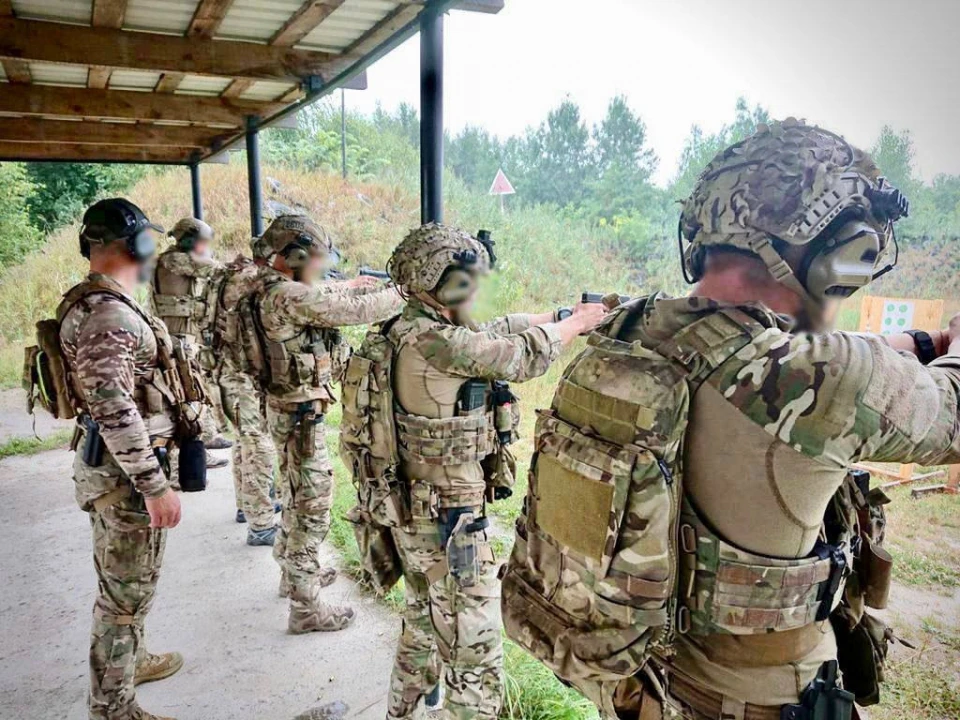
Photo: Ukraine's Defense Ministry
It is worth noting that, according to diplomatic sources, the EU member states that are militarily neutral (Austria, Malta, Cyprus, and Ireland) insisted on the latter, the “humanitarian” component during the negotiations. In this way, they remain neutral without formally engaging in direct military support.
It was also agreed that the proportion of funds used - currently 90% to 10% - will be reviewed annually, and the first review will take place by January 1, 2025. That's when the new decision, which will be “consecrated” this week in Italy, should come into force.
Kyiv (or rather the European Peace Fund) may receive the first tranche under this initiative as early as July this year, the EU Council told Espreso. The European Commission also talks about July as the goal of the first stage of the EU's plans. But it is difficult to say when exactly these funds will be used for defense procurement for Ukraine, as long as Orban's veto is in effect. More clarity will come after the aforementioned European Council on June 27-28.
What are the 'frozen Russian assets': what amounts are involved, where are they located
Russian assets, which are currently the subject of heated debate on both sides of the ocean, are securities, deposits and cash in various currencies (the so-called gold and foreign exchange reserves), which the Central Bank of Russia, like other central banks around the world, partially keeps abroad to earn additional income.
Even after unleashing a bloody war in Ukraine and annexing Crimea, Russia continued to place about half of its foreign exchange reserves in the West, not believing that real sanctions could be imposed on it. And even before the invasion of Ukraine, it even moved some of its assets from the United States to the EU, apparently considering the Europeans to be more 'toothless.'
But Putin overestimated the impartiality of European bankers. Immediately after Russia's full-scale invasion of Ukraine in February 2022, the European Union, along with the G7 member states and other partners, froze the assets of the Russian Central Bank that were stored on their territory.
'Freezing' means that the Russians do not have access to this money and securities, cannot take them away, use them, or profit from them. Instead, these assets are managed by the central depositories of each of the countries mentioned above, and they generate extraordinary income, as interest rates have risen significantly in recent years.
How it works: central depositories store and service money on deposit accounts and multiply it by investing in securities for which payments are received periodically. Russia, as the owner of the securities, cannot receive these profits because of the frozen status of the assets, so the depositories reinvest them, receiving additional, so-called windfall profits. Their transfer to Ukraine is currently under discussion, as these funds do not legally belong to Russia.
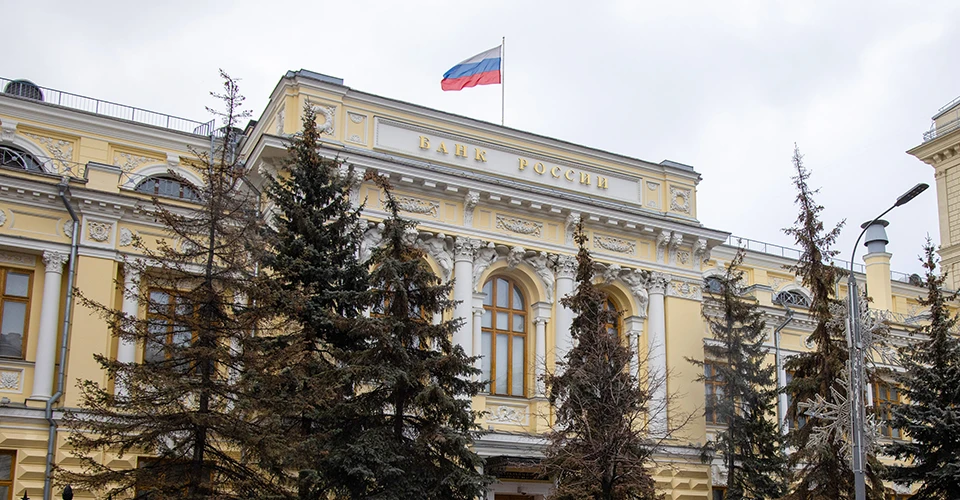
Photo: gettyimages
According to the EU Council, the total value of Russian Central Bank assets immobilized in the form of securities and cash (including the Central Bank's gold, if it still remains in the declared amounts, which the Russians keep in Russia) in the jurisdictions of the EU, G7 and Australia is about 260 billion euros. More than two-thirds of these funds are immobilized in the EU: about 210 billion euros.
The majority of Russian assets frozen by the European Union are held at Euroclear, the world's largest central securities depository, in Brussels, Belgium. About 191 billion Russian euros are currently stored there. For comparison, according to various sources, there are 5-7 billion euros of frozen Russian assets in the United States. Russian assets are also frozen in France and Switzerland in more or less significant amounts.
Thus, during the 'freeze', unexpected income began to accumulate out of the 191 billion euros managed by the Belgian depositary Euroclear, which, given the rise in interest rates, amounts to more than 3 billion euros per year. At the moment, it is said that Euroclear accounts already have more than EUR 5 billion of extraordinary income generated since 2022. Another question is whether Ukraine will be able to use these funds.
Ukraine has been promised income from Russia's frozen assets - but not all of it, and not immediately
The fate of the proceeds of frozen Russian assets has been actively discussed in the European Union throughout 2023. The 3 billion euros already available in Brussels accounts, which Euroclear reported on in the first 10 months of last year, were repeatedly promised to Ukraine, including by the EU High Representative for Foreign Affairs and Security Policy, Josep Borrell. But the EU decided to take real action only this year.
The reason: the warnings of many bankers and representatives of central banks that any action to confiscate or alienate even a part of Russia's frozen assets would undermine confidence in the European and global financial system, and, as a result, lead to a financial crisis and a blow to the euro currency.
However, on February 12, 2024, the EU Council nevertheless adopted a decision and regulations that define the actions of central securities depositories that hold immobilized assets and reserves of the Russian Central Bank. Most importantly, they also clarify the legal status of the income received from them. The EU Council then, in particular, decided that CSDs holding assets of the CBR worth more than EUR 1 million should account for and keep these revenues separately so that certain sanctions could be applied to them. This paved the way for the next decision, which was made on May 21, 2024: the introduction of a fixed financial contribution to the EU budget from net profits from Russian assets, which will then be used to support Ukraine.
It is worth recalling that initially, the EU's plans were to use the extraordinary proceeds from the frozen assets of the Russian Federation to rebuild and develop Ukraine. There were even plans to include these funds in the Ukraine Facility mechanism (money in exchange for reforms, 50 billion euros over four years).
The rhetoric of European officials changed in February-March 2024, when, with the slowdown in US military aid, it became clear that the first thing Ukraine needed today was weapons and ammunition. Therefore, with the light hand of the German and French leaders, at a regular meeting of the European Council on March 21-22, it was already decided to use the profits from Russian reserves to purchase weapons for Ukraine - otherwise, as one German diplomat put it, this action would be meaningless.
The May 21 decision applies only to profits from Russian frozen assets that were accumulated after February 15, 2024 (the date on which the aforementioned February decision of the EU Council on the mechanism of action of central securities depositories with respect to Russian windfall profits came into force).
That is, if Ukraine does receive the first tranche of funding in July 2024, as promised by European Commission President Ursula von der Leyen, it will amount to about €1 billion, not the €3 billion or €5 billion the Ukrainian government had hoped for.
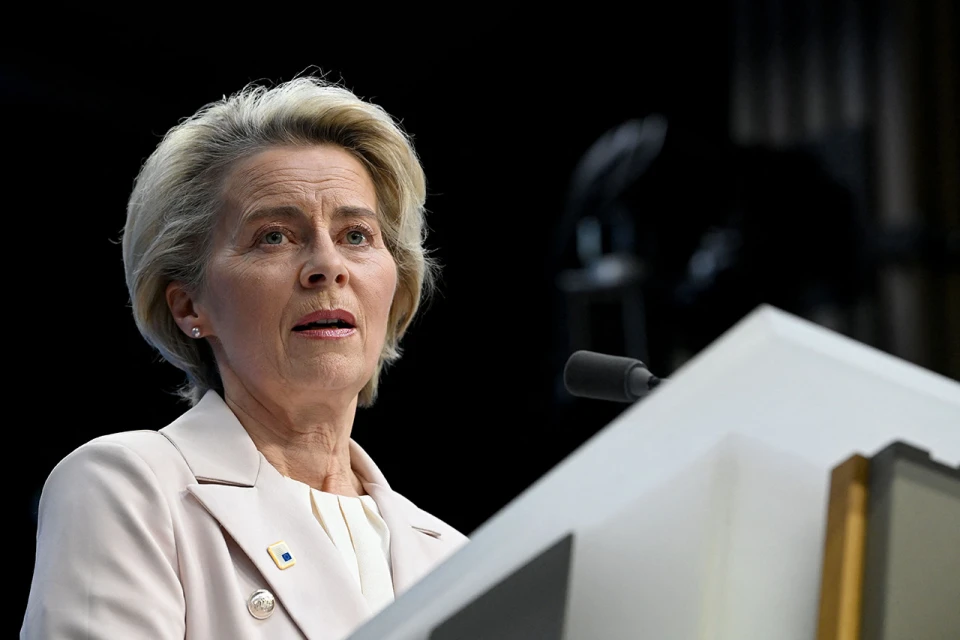
Photo: gettyimages
But then the question arises: how is the EU going to dispose of the profits from the frozen Russian funds that were received before February 2014 (for 2022-2023, since the beginning of Russia's full-scale aggression) - which is more than 5 billion euros before tax? As the European Commission explained to Espreso, this amount continues to be kept in the Euroclear depository, is not spent anywhere, and will serve as a “giant airbag” in case of lawsuits from Russia. According to the new action plan approved on May 21, 2024, it is assumed that these funds will remain at the disposal of depositories in case of “unforeseen expenses” related to servicing Russian money and income from it.
For the same purpose, CSDs will also be allowed - temporarily! - to retain a share of about 10% of the financial contribution (income from frozen assets after tax) to “comply with the requirements for authorized capital and risk management.” This will also serve as a buffer in case of Russian litigation.
"The amount accumulated by February 15, 2024, is being set aside in Euroclear accounts to serve as a buffer for legal claims and to manage the risks associated with them. Again, we insist that there is no legal way to use this particular money for the benefit of Ukraine. We live in a state and a Union where the rule of law prevails, and it is very important that we follow legal methods and not start acting contrary to them,” a senior Belgian diplomat said in a comment to Espreso, again anonymously.
By the way, the Euroclear depository has already stated that it has faced “a significant number of ongoing lawsuits, almost exclusively in Russian courts” regarding the immobilized assets, adding that the likelihood of “unfavorable decisions” is high. As of February 2024, Russian companies have filed more than 90 lawsuits in Russian courts demanding the return of frozen funds.
Belgium helps Ukraine get more from Russian frozen assets
Belgium plays an encouraging role for Ukraine in terms of income from Russian frozen assets accumulated during 2022-2023. Belgium, which, without particularly advertising these actions, levies a tax of almost 25% on income from frozen Russian assets in Belgium (in Euroclear). It is these funds that the Belgian government is gradually sending directly to help Ukraine.
Belgium transferred the first tranche of 92 million euros from tax revenues from Russian assets to Ukraine in May 2023. Half of this money was earmarked for the purchase of weapons. And in October 2023, Belgian Prime Minister Alexander De Croo said that he expects to collect more than 1.7 billion euros in taxes from Russian assets frozen after 2022 in a special fund and transfer them to Kyiv. The money from the fund can be used to purchase military equipment, humanitarian support, macro-financial assistance, etc.
_new_960x380_0.webp)
Since the start of the full-scale invasion, Belgium has already received about €1.7 billion in income tax revenue from frozen Russian assets in 2022-2023. For example, in February 2024, the Euroclear depository reported that frozen Russian assets brought in €4.4 billion in 2023, of which the depository will pay about €1.08 billion in regular Belgian corporate tax. And in 2024, Belgium expects to receive the same amount of money in the form of taxes on Russian assets.
It's a bit funny that, according to Brussels diplomats, most other EU states believe that Belgium should not do this, because it will be helping Ukraine not with “its” budget money, but with Russian money. However, the EU does not publicly refer to the proceeds of frozen assets as “Russian”. As German Chancellor Olaf Scholz stated during the EU leaders' summit in March 2024, “this money does not belong to Russia.” Obviously, this makes it psychologically easier to confiscate it in favor of the Ukrainian victory.
Belgium will transfer to Ukraine all the taxes it collects from Russian state funds frozen on its territory, the aforementioned Belgian diplomat emphasized in an interview with Espreso. "As for Belgian taxes, taxation cannot and will not be changed. This is the general fiscal scheme of Belgium, the corporate tax law that applies to all companies in Belgium, including Euroclear. Back in 2022, Belgium decided that ALL fiscal revenues from windfall profits would be used for Ukraine, and this materialized in 2023 with the creation of a special fund for Ukraine. In view of this, Belgium is ready to create a system of direct transfer of these budget revenues to Ukraine, while now they are used for “projects” such as the purchase of ammunition, the needs of the F16 coalition, etc.", he emphasized.
Why not confiscation: can the EU states dare to fully transfer the money of the Russian Central Bank to Ukraine?
Unfortunately, the unexpected profits from Russia's frozen assets are not large enough to cover all of Ukraine's needs - both in weapons and ammunition, as well as in reconstruction and recovery. Ukraine has repeatedly raised the issue of the possibility of complete confiscation of the Russian Central Bank's money and its transfer to Ukraine in the form of reparations and payment for the damage caused by the war.
This spring, the Ukrainian government created a special working group on the confiscation of frozen Russian assets abroad. "Our unchanging principled position is that Russia must pay for everything in full. According to an estimate we made with the World Bank, the needs for reconstruction amount to $486 billion,” Prime Minister of Ukraine Dmytro Shmyhal said at a government meeting on May 3, 2024. ”We are already discussing with our partners the specific mechanisms of how Russia should pay. During the visit of the government delegation to the United States, we had informal meetings on the prospects and ways of confiscation."
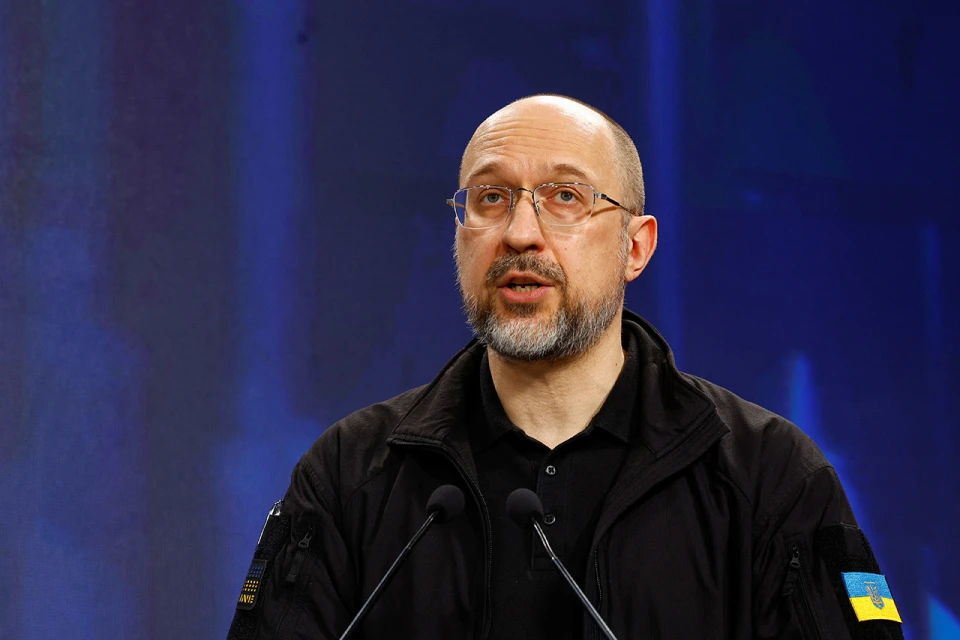
Photo: Reuters
Regarding the latter, it is true that at the international level, the largest lobbyist for the confiscation of Russian assets in favor of Ukraine is the United States, which has ten times less frozen Russian assets than the EU - according to various estimates, from 5 to 7 billion euros. However, confiscation has not yet taken place in the United States, although the legal framework for this is ready: the Rebuilding Economic Prosperity and Opportunity for Ukrainians Act, which allows the president to confiscate Russian sovereign assets and transfer them to the account of the non-profit Ukraine Support Fund, has already been approved by Congress and signed by President Joe Biden. Similarly, the governments of Canada and the United Kingdom are actively advocating for the complete confiscation of Russian frozen money.
However, leading bankers and governments of the largest EU countries - Germany, France, and Italy - are still against the idea of confiscating Russian assets. They say that such an action would undermine confidence in European financial markets and cause chaos and crisis. Japan is also among the skeptics.
Bankers and critics of confiscation insist on the market stabilizing role that gold and foreign exchange reserves play in financial markets. For example, European Central Bank President Christine Lagarde has warned that “moving from freezing assets to confiscating and selling them could risk disrupting the international order that we would like to protect - and which Russia should also respect.”
Similarly, French Finance Minister Bruno Le Maire has been a vocal critic of the confiscation of Russian assets, insisting that “there is no legal basis for this.”
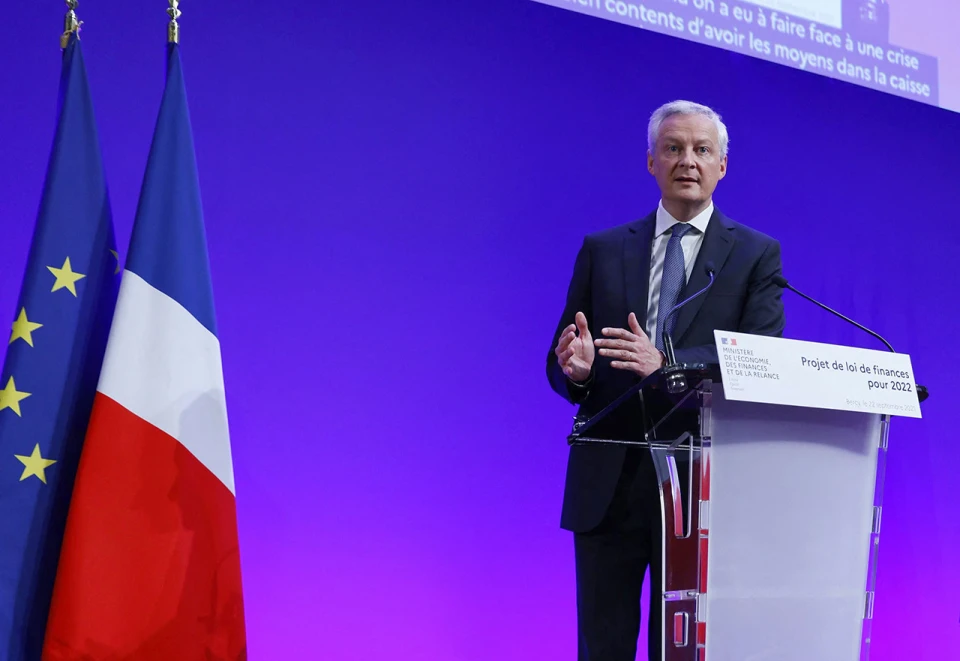
Photo: Gettyimages
In addition, a number of third countries, which also keep part of their foreign exchange reserves in the EU or the US, are against the confiscation of Russian assets and fear that similar actions may one day be taken against their funds or profits, such as Saudi Arabia and Jordan.
However, there is also a group of states within the EU that lobby for confiscation. These are primarily the Baltic states. “We have to find a way to fully use Russia's frozen assets,” Estonian Prime Minister Kaja Kallas said recently.
The discussion on the confiscation of Russia's frozen assets will continue, under US leadership, at this week's G7 summit. But we should not expect any concrete decision on this issue in the coming days - or even months - as all our informed interlocutors agreed. Confiscation is a complicated issue, and it takes time and the search for “royal” legal justifications. But we should not forget that only a year ago, the use of profits from the Russian assets for the benefit of Ukraine seemed like something out of a dream or fantasy.
- News








